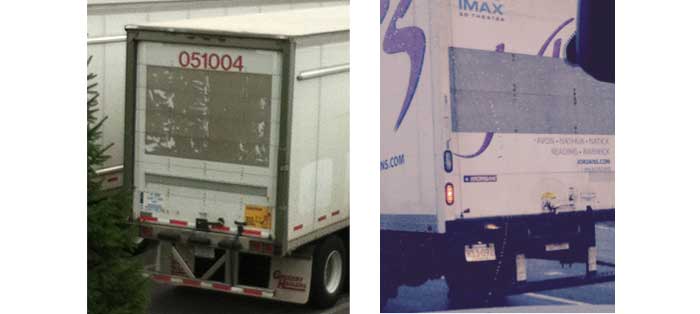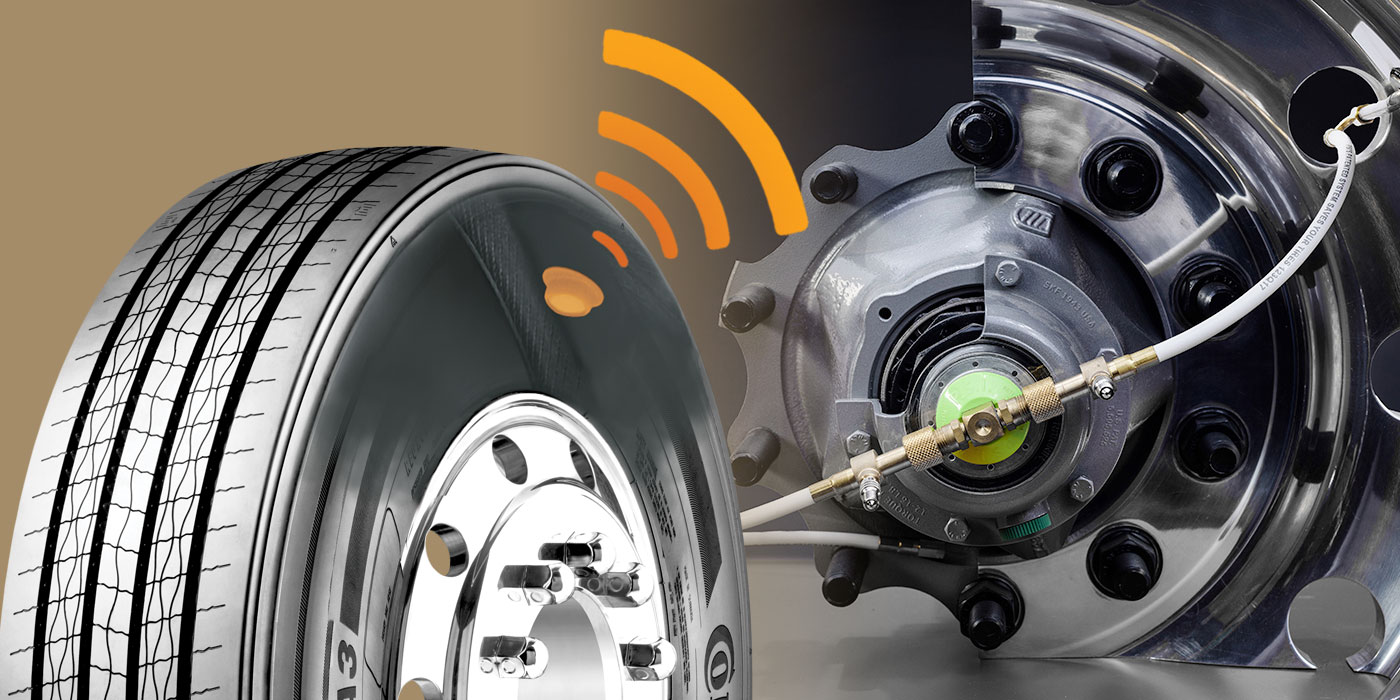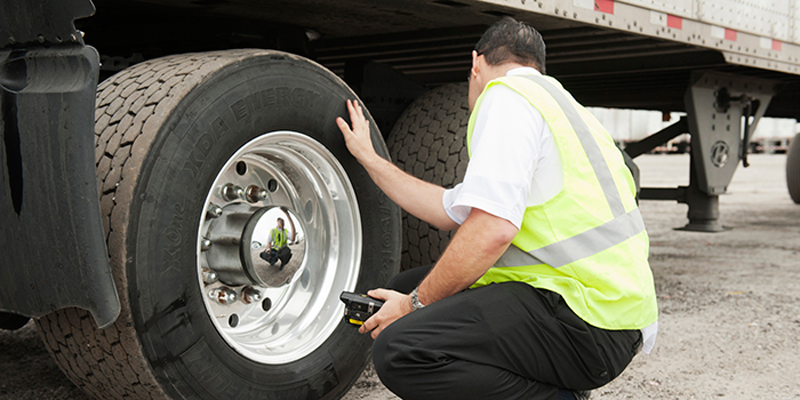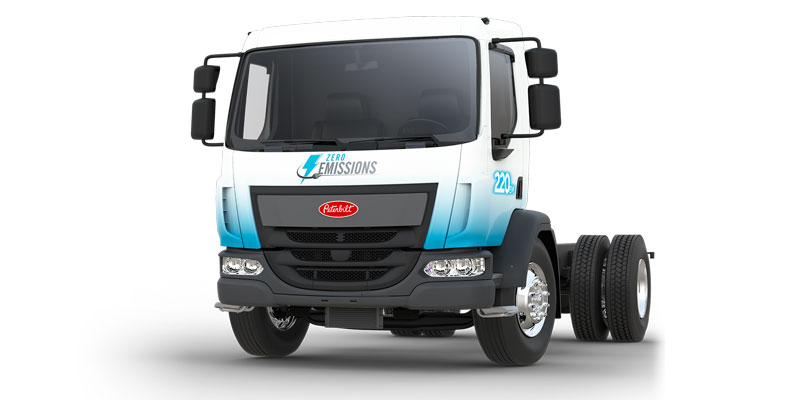Companies are spending thousands of dollars on graphic and designs for their equipment; some of those companies as well spend millions on television ads and internet ads. And it’s advertising space with that kind of reach isn’t cheap. Yet a lot of professional companies look at their vehicles as a rolling billboard and use decals and on the tractors as a method of defining who they are, as well as DOT numbers as required by law. Of course, not all decals are created equal—some are not always level and plumb, some reflective and some not, some bold and some not, some even register and trademark their design.
Like tractors, trailers have become the rolling billboards and have beautiful graphics: colorful, descriptive, and informative, some reflective and some not. Some spend thousands of dollars on decals or replaceable vinyl rotating descriptive advertising their products or services. I have even seen some companies put larger decal graphics only on one side of the trailer because of traffic flow—on the New Jersey turnpike, you’ll see some graphics only on the driver’s side of the trailer because you only see one side north- or south-bound. There’s even advertising on the rear of the trailer. (In this position, I would use reflective for safety’s sake, but most do not. I always believed that at night traveling you would see the rear of the trailer longer than the sides). I still do not really understand the value of elaborate decals on general freight companies because they do not sell a consumer products they just haul freight, but it does show professionalism and size of the company.
So what is this all about?
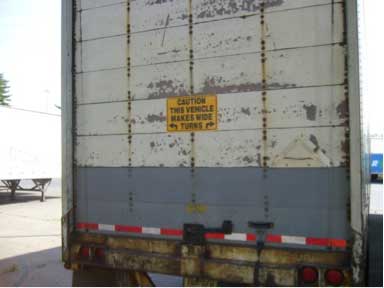 When it comes to replacement of the graphics when there is damage to a side of the trailer, why isn’t the decal replaced? When it comes to the rear door appearance, whether decaled or not, that is the area that is most seen, and so why is it not replaced? When one swing doors get replaced, it never gets the graphics or if a used door is installed, then the decals do not line up. I saw a case in which paint was not adhering to the rear rollup doors and the appearance was deplorable. Additionally, the rear door decals would not stick or if it did, eventually, peel, or faded through time. They can be ordered to be repainted white, you know. If I am correct, those manufactures would have stood behind their products and paid for their impurities, if requested by the fleets. Further, as doors age, the material can look like the side of an old shed. I’ve also get irritated when bottom panel replaced with the stock gray primer panel that was never painted to match the rest of the rollup door.
When it comes to replacement of the graphics when there is damage to a side of the trailer, why isn’t the decal replaced? When it comes to the rear door appearance, whether decaled or not, that is the area that is most seen, and so why is it not replaced? When one swing doors get replaced, it never gets the graphics or if a used door is installed, then the decals do not line up. I saw a case in which paint was not adhering to the rear rollup doors and the appearance was deplorable. Additionally, the rear door decals would not stick or if it did, eventually, peel, or faded through time. They can be ordered to be repainted white, you know. If I am correct, those manufactures would have stood behind their products and paid for their impurities, if requested by the fleets. Further, as doors age, the material can look like the side of an old shed. I’ve also get irritated when bottom panel replaced with the stock gray primer panel that was never painted to match the rest of the rollup door.
So my question is: Doesn’t anyone care about appearance after the company spent thousands of dollars for graphics? Here’s another question: Why isn’t the appearance part of the PM process? If the rear door is ugly, with or without graphics, it is scraped, wired, brushed and prepared for painting. Removing all the ugliness and giving it a nice face lift. An option would be to stock high gloss white acrylic water base enamel and roll paint it on the rear door. It will dry in a half an hour. Replace the trailer numbers and appropriate wide turns and company graphics if available. If you do not have decals, a freshly painted rear rollup door looks a lot better rolling down the road than what would appear to be the side of a weathered shed, especially when expensive graphics on the sides of the trailers still look like the original investment in professionalism. Is this not part of managing the rolling assets as a maintenance manager?
So what is holding the appearance back: Attitude, scheduling, eyesight or budget?

